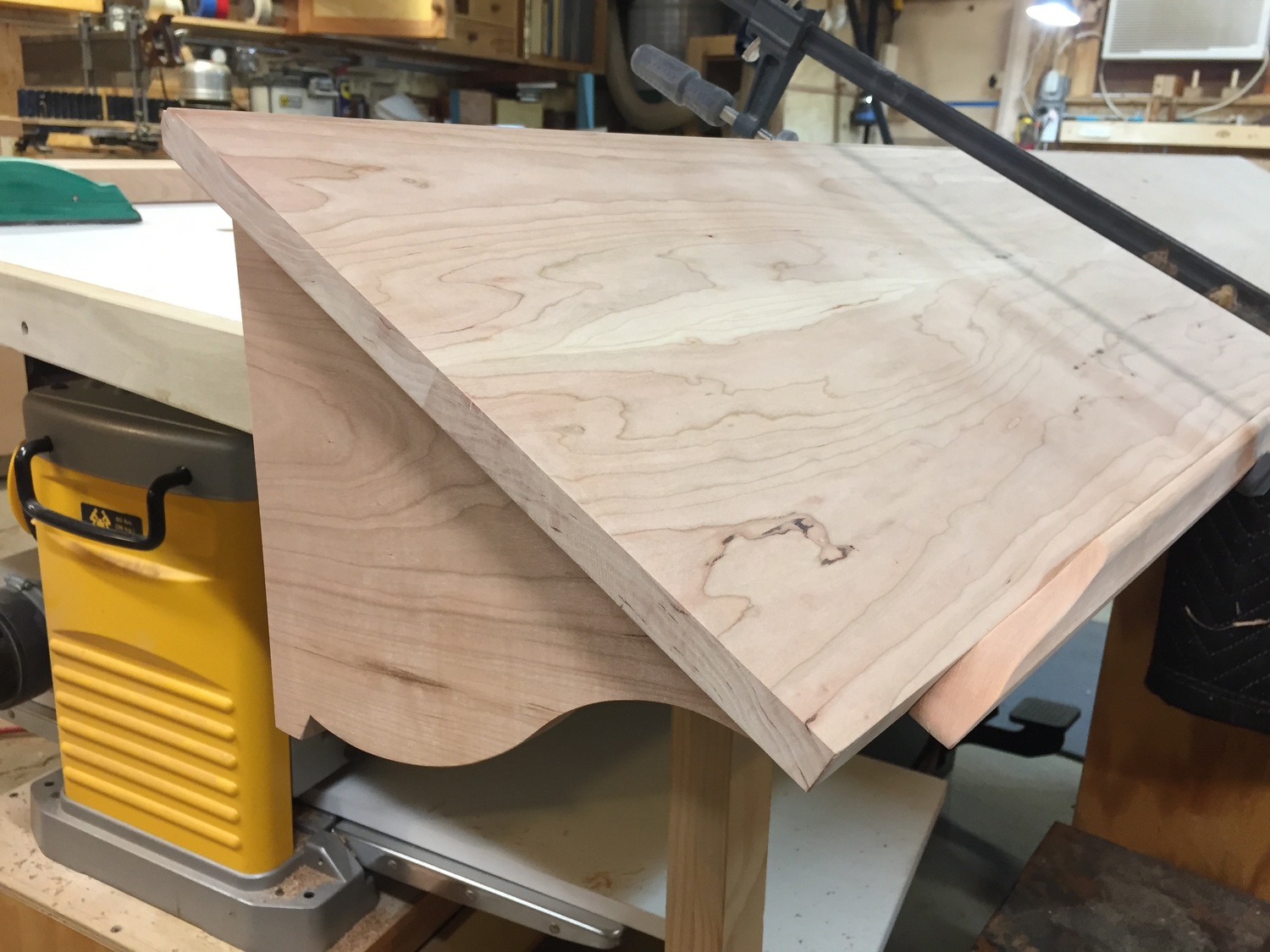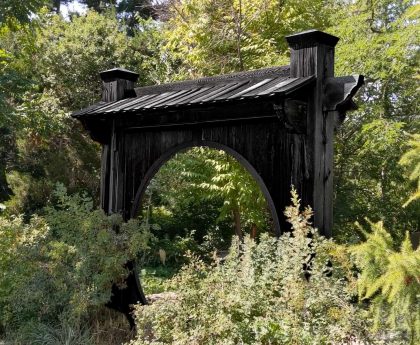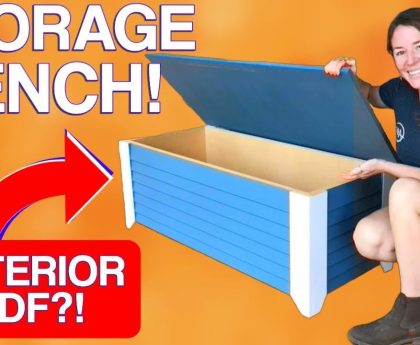I recently received a commission for an interesting project. A friend of mine, Mary Clare Butler, is an artist that makes hand bound and offset printed books. She was presenting in a show of her work, called “Inland Sea” (read about the Inland Sea project and her process & books on her site) and needed a way to display them. She wanted a wall mounted shelf, but one that wasn’t perpendicular to the wall like a regular bookshelf, but rather tilted so that the books would be at an angle to the viewer / reader. She wanted some nice finished wood for the shelves, and came to me to build them. We looked at several wood species, and she was drawn to cherry with an amber shellac finish. I measured the books, and set about making the final size and design.
Closed, each book measures 9″w X 12″h, making them 18″w x 12″h open. There were six books to be displayed, so playing around with that, I found that three books per six foot shelf left a nice amount of space between the books. That meant two shelves, that might or might not have been placed next to each other to make one long twelve foot shelf.
The first element to figure out was the angle of the shelves. After trying several, 30° seemed about right. We knew they would be about 3 1/2 to four feet off the ground, and we wanted to make sure the books were easily seen by both the short and tall. With the angle decided, I turned to the side brackets. I could have simply made them triangles, but that looked too dull and “construction” like — this was a chance to be a little creative and add a design element. After a bit of drawing, I worked out a classic unequal cyma curve (or ogee curve) that looked nice.
As the angle and bracket design came together, I saw that a potential trouble spot was going to be where the top edge of the shelf met the wall. Walls aren’t ever straight or flat, and trying to make a perfect little bevel to meet the wall smoothly along six or twelve feet just wasn’t going to happen. So I turned to the venerable bead. Adding a bead to the top edge provides a design element and a shadow line that would plunge the actual contact between the shelf and wall into shadow, obscuring any irregularities.
Finally, I had to consider the stop or cleat on the bottom edge of the shelf that would prevent the books from sliding off onto the floor. This was yet another chance to add some detail. I decided to use two intersecting cyma / ogee curves, one along the face or width of the stop’s outer edge, and then long gentle ones at each end. Where they intersected created nice shadows and added to the sweep of this otherwise utilitarian feature.




